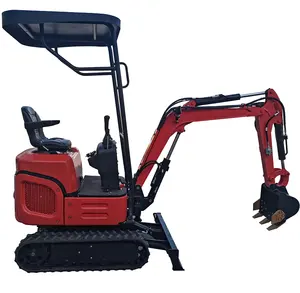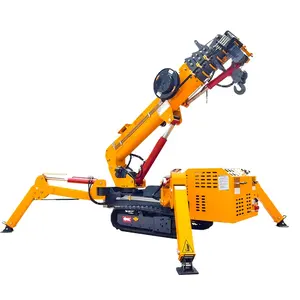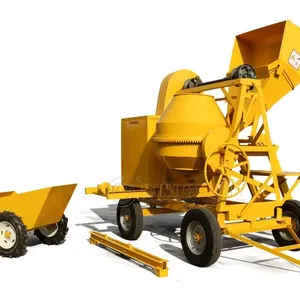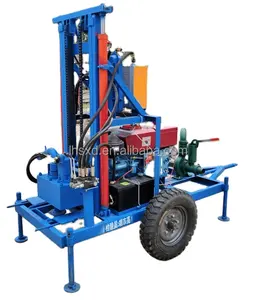





API 하이 퀄리티 중국 공장 좋은 가격 드래그 비트 PDC 금속 사각 구멍 롤러 코어 마이닝 드릴 비트
배송 준비 완료
₩694,348
최소 주문량: 1 세트
조각 당 선박: ₩208,305

























홀 opening 8 1/2 inch used pdc diamonds % 만족드릴 bits 대 한 물 oil 잘 탐사 on sale
₩2,042,770 - ₩2,246,908
최소 주문량: 1 유닛
























우수한 품질의 PDC 다이아몬드 커터/삽입 1304 1308 1313 1613 1913 새로운 카바이드 드릴 비트 바위 도구 비트 드릴링 산업
배송 준비 완료
₩15,276 - ₩18,054
최소 주문량: 10 개
조각 당 선박: ₩14,679












광산 기계 부품 오일 드릴링 도구 143mm 3 블레이드 PDC 드래그 비트 1308 PDC 구형 삽입 커터
배송 준비 완료
₩341,619 - ₩395,778
최소 주문량: 1 개
조각 당 선박: ₩56,826















PDC 드릴 비트 유정 공장 직접 판매 탄광 탐사 다이아몬드 복합 PDC 코어 비트 이용
배송 준비 완료
₩69,435 - ₩694,348
최소 주문량: 1 유닛
조각 당 선박: ₩13,886,946
pdc 드릴 비트 오일 탐사 정보
내구성과 최고의 품질을 찾으십시오. Alibaba.com에서만 저렴한 가격으로 pdc 드릴 비트 오일 탐사. 합착의 효율성과 품질을 향상시키기 위해. pdc 드릴 비트 오일 탐사는 장비의 중요한 부분이므로 품질을 타협해서는 안됩니다. 케이스를 벽에 완전히 밀봉하고 케이스가 어느 부분의 구멍에 닿으면 전체 작업이 실패합니다.
알리바바 닷컴에서 다양한 제품을 찾을 수 있습니다. pdc 드릴 비트 오일 탐사는 접합 품질을 최적으로 유지하는 데 핵심적인 요소입니다. 진흙 유입을 막고 구역의 표준 이하 격리를 차단합니다. 기본적으로 모양에 따라 네 가지 크기가 있습니다. 보우 스프링은 수직 우물에 가장 적합하며 유연성 때문에 좁은 구멍을 통과 할 수 있습니다. 강성 유형은 주철 또는 강철 막대를 사용하여 만들어 지므로 특정 크기에 적합합니다.
반 강체 타입은 보우 스프링의 속성과 강체 타입을 결합합니다. 그들은 활 스프링처럼 압축 될 수 있으며 단단한 유형과 같이 높은 복원력을 가지고 있습니다. 몰드 온 블레이드는 탄소 섬유 및 세라믹 재료를 사용하여 만들어지며 케이싱 표면에 쉽게 적용 할 수 있습니다. 복원력은 얼마나 효과적인지를 결정하는 중요한 기준입니다. pdc 드릴 비트 오일 탐사가 될 것입니다.
Alibaba.com에서는 모든 요구 사항에 대한 솔루션을 한 곳에서 쉽고 빠르게 얻을 수 있습니다. 모든. pdc 드릴 비트 오일 탐사는 확인 된 판매자, 제조업체 및 공급 업체에서 판매하므로 항상 최대의 만족을 얻을 수 있습니다.
알리바바 닷컴에서 다양한 제품을 찾을 수 있습니다. pdc 드릴 비트 오일 탐사는 접합 품질을 최적으로 유지하는 데 핵심적인 요소입니다. 진흙 유입을 막고 구역의 표준 이하 격리를 차단합니다. 기본적으로 모양에 따라 네 가지 크기가 있습니다. 보우 스프링은 수직 우물에 가장 적합하며 유연성 때문에 좁은 구멍을 통과 할 수 있습니다. 강성 유형은 주철 또는 강철 막대를 사용하여 만들어 지므로 특정 크기에 적합합니다.
반 강체 타입은 보우 스프링의 속성과 강체 타입을 결합합니다. 그들은 활 스프링처럼 압축 될 수 있으며 단단한 유형과 같이 높은 복원력을 가지고 있습니다. 몰드 온 블레이드는 탄소 섬유 및 세라믹 재료를 사용하여 만들어지며 케이싱 표면에 쉽게 적용 할 수 있습니다. 복원력은 얼마나 효과적인지를 결정하는 중요한 기준입니다. pdc 드릴 비트 오일 탐사가 될 것입니다.
Alibaba.com에서는 모든 요구 사항에 대한 솔루션을 한 곳에서 쉽고 빠르게 얻을 수 있습니다. 모든. pdc 드릴 비트 오일 탐사는 확인 된 판매자, 제조업체 및 공급 업체에서 판매하므로 항상 최대의 만족을 얻을 수 있습니다.


























































































































































